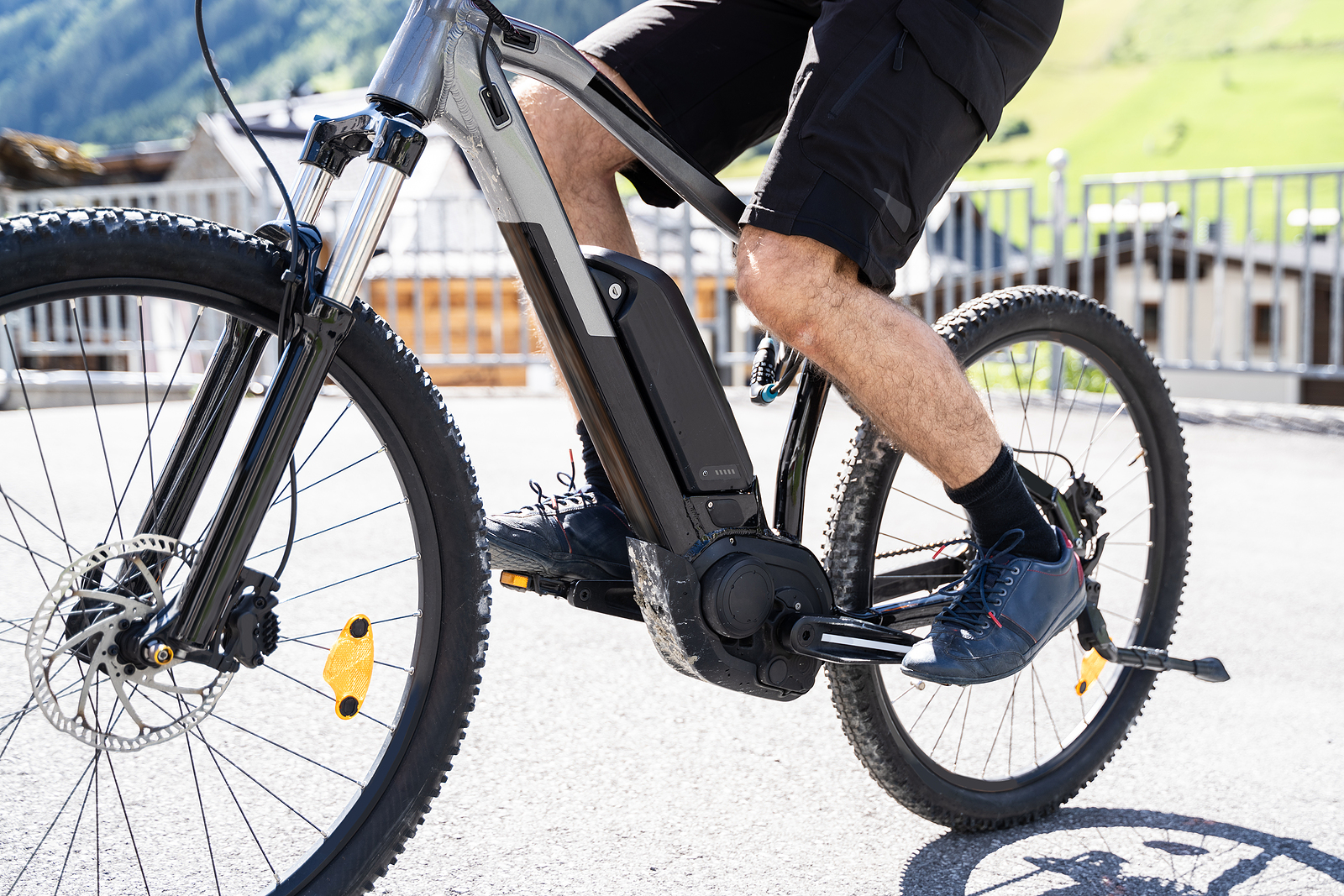In the ever-evolving landscape of transportation, electric bikes, or e-bikes, have emerged as a groundbreaking solution that fuses the convenience of cycling with the power of technology. Behind the scenes of their seamless propulsion lies a sophisticated array of technology that propels riders forward with ease and efficiency. In this article, we delve into the intricate technology that powers electric bikes and fuels the silent revolution in urban mobility.
Introduction
E-bikes are more than just a mode of transportation; they’re the epitome of innovation at the intersection of mobility and technology. With each pedal stroke, riders tap into a realm of advanced engineering that seamlessly marries human effort with electrifying propulsion.
The E-Bike Revolution A Paradigm Shift
1. The Core Components of Electric Bikes
At the heart of every e-bike lies a set of core components: the electric motor, battery, controller, and sensors. These components work in harmony to deliver a smooth and efficient riding experience.
2. Riding Modes: Finding the Perfect Balance
E-bikes offer multiple riding modes that cater to individual preferences and terrains. From pure pedal power to full electric throttle, riders can customize their experience to match their journey’s demands.
The Dynamic Duo Electric Motor and Battery
1. Different Types of Electric Motors
E-bikes employ various types of electric motors, including hub motors and mid-drive motors. Hub motors are integrated into the wheel hub, while mid-drive motors are positioned near the pedals, providing better weight distribution and power delivery.
2. Battery Technology: The Heart of E-Bikes
Lithium-ion batteries dominate the e-bike landscape due to their high energy density, lightweight nature, and impressive cycle life. These batteries store and provide the energy needed to propel the motor and assist the rider.
Sensors and Control Systems
1. Torque Sensors: Effort-Matched Assistance
Torque sensors measure the force applied to the pedals and adjust the electric assistance accordingly. This ensures that the e-bike’s motor complements the rider’s effort seamlessly, creating a natural and intuitive riding experience.
2. Pedal Assist and Throttle Control
E-bikes offer two primary methods of control: pedal assist and throttle. Pedal assist engages the motor as the rider pedals, while throttle control allows the rider to accelerate using a hand throttle, much like a motorcycle.
Regenerative Braking: Energy Recapture
1. How Regenerative Braking Works
Regenerative braking technology allows e-bikes to convert kinetic energy into stored energy during braking. The motor functions as a generator, slowing down the bike while simultaneously recharging the battery.
2. Advantages and Limitations
Regenerative braking extends the e-bike’s range and enhances energy efficiency. However, its effectiveness depends on factors like riding habits, terrain, and the e-bike’s design.
Smart Integration and Connectivity
1. Display Units and User Interfaces
Modern e-bikes are equipped with display units that provide riders with essential information such as speed, distance, battery level, and riding mode. User-friendly interfaces make it easy to switch between modes and monitor performance.
2. Connectivity with Smart Devices
E-bikes are increasingly integrating with smartphones and other smart devices. Bluetooth connectivity allows riders to control certain functions through dedicated apps, track rides, and receive real-time updates.
The Future of E-Bike Technology
1. Continued Battery Advancements
Battery technology is poised to advance further, leading to batteries with higher energy densities, faster charging times, and longer lifespans. This will contribute to improved e-bike range and overall performance.
2. Enhanced Connectivity and AI Integration
The integration of artificial intelligence (AI) will enable e-bikes to adapt to rider preferences and road conditions, optimizing assistance levels for a more intuitive and efficient ride.
Read technology related blogs on weeklytechno.com
Conclusion
The technology that powers electric bikes is a symphony of innovation, orchestrating a harmonious blend of human effort and cutting-edge engineering. E-bikes exemplify the potential of technology to revolutionize urban transportation while offering a greener, more sustainable future for mobility.
FAQs
1. Can I still pedal an e-bike if the battery is empty?
Yes, you can pedal an e-bike like a regular bicycle even when the battery is empty. The motor assistance is only provided when the motor is engaged.
2. How long does it take to charge an e-bike battery?
Charging times vary based on battery capacity and charger specifications. Generally, it takes a few hours to fully charge an e-bike battery.
3. Are e-bikes suitable for long distances?
E-bikes with higher-capacity batteries can cover longer distances on a single charge. They are suitable for both short commutes and longer rides.
4. Are e-bike components repairable?
Many e-bike components are repairable, just like traditional bicycles. However, some specialized components might require professional assistance.
5. Can I retrofit a regular bicycle into an e-bike?
Yes, there are retrofit kits available that can convert a regular bicycle into an e-bike by adding a motor, battery, and control system.







